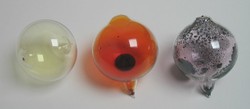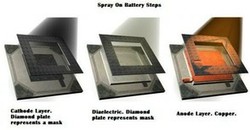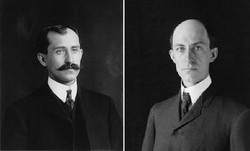The Halogens are the group of reactive non-metal elements in Group 7 of the Periodic Table. They have similar properties and a range of uses - from poisons and disinfectants to being constituents of some of the most useful plastics we use. This article will explain their chemistry, show some of their reactions and provide some statistics too.

The Halogens
by Sciencerity
A description of the chemistry of the elements in Group 7 of the Periodic Table
What are the Halogens?
The Halogens are the elements in Group 7 of the periodic table.
In order of atomic number they are Fluorine (F), Chlorine (Cl), Bromine (Br), Iodine (I) and Astatine (At).
Physical Properties of the Halogens
All of the elements in Group 7 have similar physical properties.
They all have coloured vapours and do not conduct heat or electricity.
They are all made of diatomic molecules (they go around as pairs of atoms covalently bonded together) - for example chlorine molecules have the formula Cl2.
They all have low melting and boiling points. Fluorine is a pale yellow gas at room temperature, with a melting point of -220oC and boiling point of -188oC. Chlorine is a green gas at room temperature, with a melting point of -101oC and boiling point of -35oC. Bromine is a red-brown liquid at room temperature, with a melting point of -7oC and boiling point of 59oC. Iodine is a purple-black solid at room temperature, with a melting point of 114oC and boiling point of 184oC, but it tends to sublime directly from solid to gas.
Chemical Properties of the Halogens
All halogen atoms have seven electrons in their outer energy levels (shells), so they have very similar chemical properties.
For example, all halogens react with metals to form ionic compounds in which the halide ion has a 1- charge. This is because the halogen atom receives one electron to produce a full outer shell. The most common example of a halide compound is sodium chloride, formed from the reaction between sodium and chlorine.
Halogens also react with other non-metals to form molecular compounds containing covalent bonds. For example, chlorine reacts with hydrogen to form hydrogen chloride molecules.
Trends in Reactivity of the Halogens
Going down Group 7, the halogens become less reactive. Fluorine is one of the most reactive non-metal elements, but iodine is much less reactive.
This is because the outer shells are further away from the nucleus. Halogens react by gaining an electron, but there is less attraction for electrons further away from the nucleus, so a reaction is less likely to happen.
Fluorine
University of Nottingham
Chlorine
University of Nottingham
Bromine
University of Nottingham
Iodine
University of Nottingham
You might also like
A Spray On Lithium Ion BatteryEvery battery powered device we use has a particular shape. Most are barrel s...
The Engineering Mastery of the Wright BrothersMost people recognize that the Wright brothers mastered powered flight, but f...









Comments
A great description of halogens - wish my chemistry teacher in school had been as succinct.